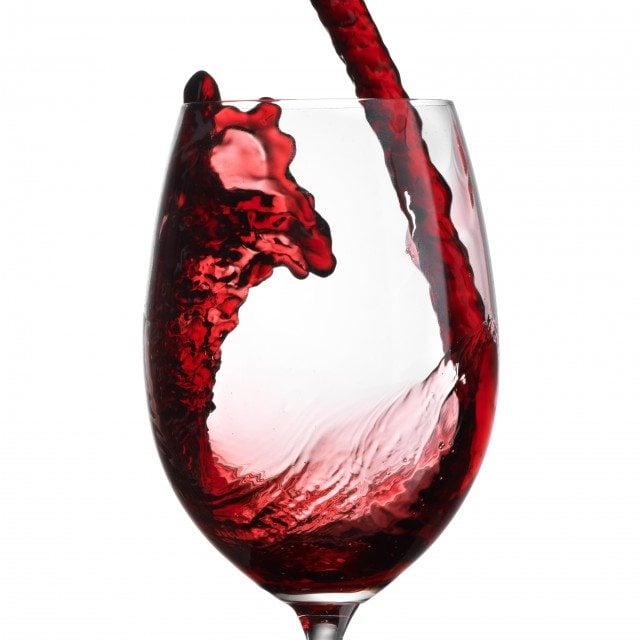The art of pairing food with alcoholic drinks, particularly wine, is a well-established and common practice.
Mobile apps, however, are starting to offer a novel way of encouraging consumers not only to pair food and drinks more often, but to consider beverages other than wine when doing so, says Canadean.
The company’s latest research has found that 35% of consumers worldwide see food pairing as a key consideration when choosing alcoholic drinks.
However, this behavior is more prevalent among older adults than younger ones, as the figure rises to 43% of those aged 55 and over, but decreases to 26% for 18-24 year-olds.
As such, social media and apps will be crucial tools in encouraging younger consumers to think about food and drink pairing more often.
“Encouraging young adults to consider pairing alcohol with food will be a crucial way to grow volumes of wine, beer, and even some spirits,” says senior analyst Ronan Stafford.
“Brands need to use highly visual social media platforms, such as Instagram and Snapchat, and even beverage-dedicated apps, to demonstrate to young adults the exciting experiences offered by food and drink pairing.”
“In April 2016, Bloomberg reported that Snapchat users were watching 10 billion videos a day, up from eight billion in February.”
“Forget 140-character Tweets – social media is now a visual medium.”
“This should play into the hands of brands building around food and drink pairing: videos provide appealing ‘hero’ shots of the food and drink, help to explain the pairing thought process, and educate consumers.”
Brands should also consider consumer-dedicated mobile apps encouraging pairing, or targeting functionality like near-field communication (NFC) and augmented reality.
For instance, Johnnie Walker launched an intelligent label with NFC technology, which could send food and drink pairing suggestions to shoppers’ phones.
In addition, the recent success of Pokemon Go shows the potential for augmented reality, with apps featuring phone cameras to layer new pieces of information in front of what consumers can see.
Dagschotel beer, from Brouwerij Martens in Belgium, already uses this technology, with characters on the beer labels coming to life when scanned by a phone.










